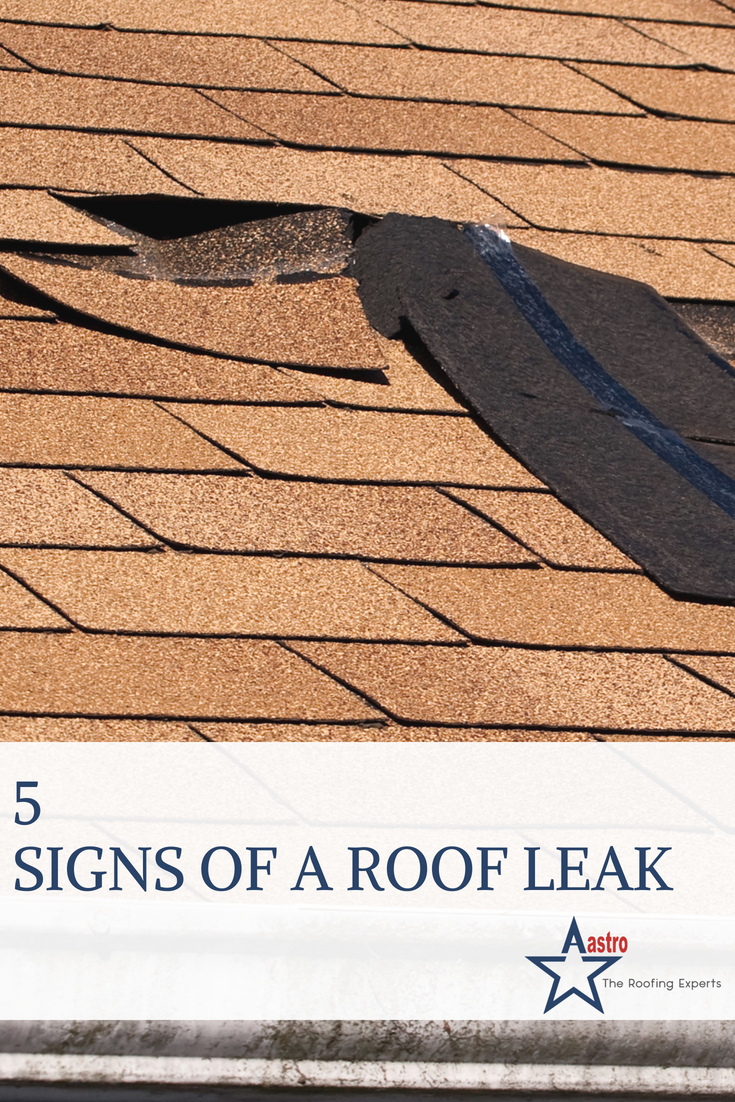Leak In Attic Roof

The longer your roof leaks the higher the cost will be when you repair it.
Leak in attic roof. Also check all rafters and other structural wood areas for evidence of water. Head into the attic to get a good look at the underside of the roof. If you have an attic the easiest way to spot the leak is to up there on a rainy day. In fact it is estimated that mold can start to grow on damp surfaces within 24 to 48 hours.
Look in the attic with a flashlight for evidence like water stains trhen trace them up the roof and rafters to the entry point. Identifying the true location of roof leaks in the attic. Water leaks occur through roof failure ice dams and water condensation or frost build up inside an attic. Water will reflect light so bring a flashlight along.
Skylight leaks in heavy rain are a common source for roof leaks. Sometimes the water shows up at a ceiling spot distant from the leak. Water runs downhill so carefully observe all areas below suspected leak s. Because a roof leak that continues over time will cause damage.
Once you have determined that the leak is caused by a roof related issue measure the location of the leak in the living space from two fixed points. If dry weather prevents you from finding a roof leak spray the roof with water from a garden hose. On a nice day have a helper tap on the mark while you re on the roof. To find the source of a roof leak.
You may see stained or discolored wood areas that will lead you to the source of the leak. Some roof leaks are tough to locate. Make the final repair as soon as weather permits. Walk carefully on the ceiling joists in the attic or use a sheet of plywood to walk on so you will not accidentally put a hole in the ceiling panel.
If the leak isn t obvious have a helper watch in the attic while you get on the roof with a garden hose. Repairing a roof leak from the inside is a temporary fix only. Once you locate the source of the water mark the area. But what you can t see might be devastating.
Slow roof leaks can be deceptive because what you see might seem minor. If your roof leaks when it rains hard you may have an issue in any one of the following areas. If your ceiling has a plastic vapor barrier between the drywall and the attic insulation push the insulation aside and look for flow stains on the plastic often water runs to openings in the vapor barrier such as at ceiling light fixtures. Common areas of roof leaks during rain.
These fixed points can be perpendicular exterior walls a fireplace chimney or other components that extend through the finished ceiling to the attic space or roof surface.
















































